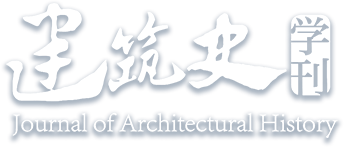Abstract:
The sutra of the Medicine Buddha depicted on the northern end of the main chamber’s east wall at Mogao Cave 148 is known as one of the earliest and largest sutra illustrations in Dunhuang, Gansu province. From the artist’s perspective, this paper explores the use of historical drawing techniques and narrative elements to discuss the architecture depicted here. As a result, the paper suggests that the“ front-parallel method” and bird’s eye view are used; while at the same time, a“visual hierarchy” and multi-perspectivity are used to highlight the importance of the building complex and the unfolding of nature.


 下载:
下载: